
Where do you ride? I don’t mean which trails, but on what land do you ride? Who owns the land and maintains the trails? Unless you live in a state blessed with large tracts of open land, national forests, or BLM land, chances are you spend a good chunk of your riding time in a state park or other state-owned property. All across America, states have state park systems, many of which have carved out a place for us knobby tired enthusiasts, and we’re all better off as a result.
Sometimes It’s the Only Game in Town

When I lived in southern Ohio, I had precious little to choose from in close proximity to home. The only opportunities to ride quality singletrack within an hour of the homestead were state parks. Without easy access to places like Ceasar Creek State Park and John Bryan State Park, my sanity would have been in serious jeopardy. What made this even better is that these Ohio State Parks charged no user fee for basic access. It’s one thing to ease up on fees when there are plenty of other options, but to provide the service free of charge when you have a monopoly is extra special.

I experienced much the same in the mid-Atlantic region, where Maryland hosts the names of vaunted mountain bike venues like Patapsco, Rosaryville, Gambrill, and Greenbrier, all Maryland State Parks. Just north of the Maryland border sits Pennsylvania, home to endless miles of rocky challenge in its state parks and state forests like Michaux, Rothrock, Noxamixon, and Moraine.

While there are a good number of places to ride in Kansas, most of them are state parks as well. What’s more, the best places to ride in Kansas are state parks. The Sunflower State has poured significant resources into providing its citizens–and us passers through–great places to ride our bikes. Kansas’s Wilson State Park is home to the widely-acclaimed Switchgrass trail network. When a state with hardly any perceptible vertical relief can put a mountain bike trail system in the national top 50, they’re doing something very right. And it’s not like Switchgrass is the only excellent trail in Kansas. With other excellent offerings like Fancy Creek State Park, Perry Lake State Park, Clinton State Park, and others, Kansas is the finest example of a state making the most of its modest physical gifts and limited public lands.
[see_also id=’207512′]
Sometimes It’s an Awesome Bonus

The geographic contrast between Kansas and its western neighbor, Colorado, couldn’t be greater. From endless miles of seemingly flat-as-a-pancake prairie, to the mighty Rocky Mountains including no less than 53 distinct peaks rising to over 14,000 feet above sea level. My home mountain, Pikes Peak, itself has a vertical relief of almost 8,000 vertical feet from its base to its lofty summit. It’s no wonder Colorado is home to literally dozens of outstanding mountain bike destinations, each with a massive mileage of quality singletrack routes.

And yet, even with all that National Forest and BLM land, Colorado State Parks has made mountain biking a core element in those state parks for which the terrain is well-suited to off road riding. Understandably, Colorado has a huge mountain bike culture, and the state has chosen to serve its citizens well in this regard. Of particular note is the diversity of offerings, often within close proximity to each other and to population centers. For instance, sitting on the southwest corner of Colorado Springs is the wonderful Cheyenne Mountain State Park, with over 20 miles of high quality, sometimes rugged and technical, mountainous singletrack.
Less than an hour south is Lake Pueblo State Park, resting on the prairie, constantly exposed to the sun, and often dry and ready to ride when higher elevations are snowed in. Even more impressive is the quantity and variety of mileage available in Pueblo, including over 20 miles of super fast, flowing prairie top riding, and steep, rugged canyons filled with technical moves and occasionally high pucker factors. With near year-round riding available in a state known largely for winter sports, Colorado State Parks has done exceptionally well. Even as a resident, I gladly pay my user fees via a $70 annual pass (which covers all 42 State Parks). Those passing through shouldn’t shy away from a single day fee of $7, depending on the type of ride desired, time available, and time of year.

Even more surprising, and surprisingly welcome, is Utah. Not just Utah in general, but Moab in particular. Moab has always been the world’s number one mountain biking destination, and they keep adding more and more quality routes every year. If there was any place that didn’t need a state park dedicated to mountain biking, it would be Moab. And yet, the state opened up the wonderful Intrepid Trail System at Dead Horse Point State Park.
The initial 9-mile loop gave visitors a continuously jaw-dropping eyeful of scenery, with every turn revealing a new angle on the area’s many geologic wonders. What’s more, it may well be the best “beginners can handle it but advanced riders will love it too” trail I’ve ever seen. Utah did not skimp on quality design and construction here. The trail proved to be such an asset to the park, they added an additional loop, almost doubling the mileage, and providing another experience for the visitor. Had it not been for this trail system, it’s doubtful I would have ever visited Dead Horse Point State Park, learned the history of the area and how the park got its name… and left a small donation in the kitty.
Public/Private Partnerships

Most state parks have budgets as tight as any other public entities. Designing, building, and maintaining quality trails does not come easy or cheap. Whether it was John Bryan in Ohio, or Cheyenne Mountain in Colorado, many of these trails would not be what they are if not for the contributions of local clubs and caring individuals. There’s an additional bonus to getting involved as mountain bikers: beyond just getting trails built, mountain bike input can shape the nature of the trails to maximize the biking experience. The most technical trails in Cheyenne Mountain State Park were designed by, and labor provided by, Medicine Wheel–a local mountain bike advocacy organization. Whether paying a standard fee, making a donation, or spending a day swinging tools out in the woods, user support can go a long way to creating these places, and keeping them going.
Your Turn: Do you have great state parks where you live? What are your favorites and why? Tell us in the comments section below.


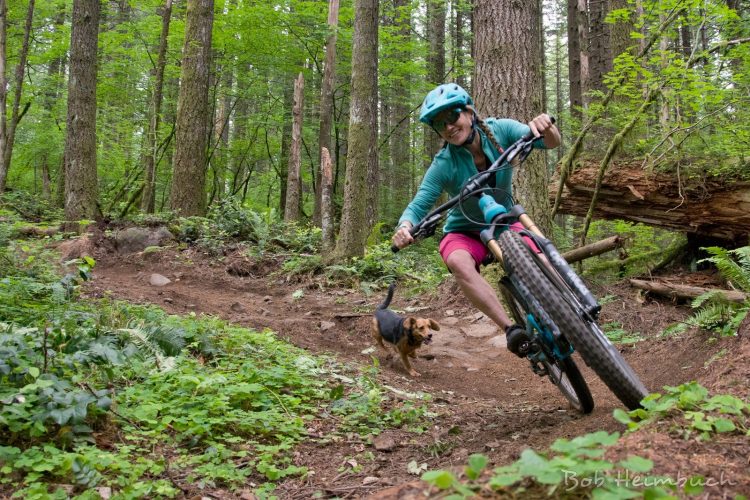
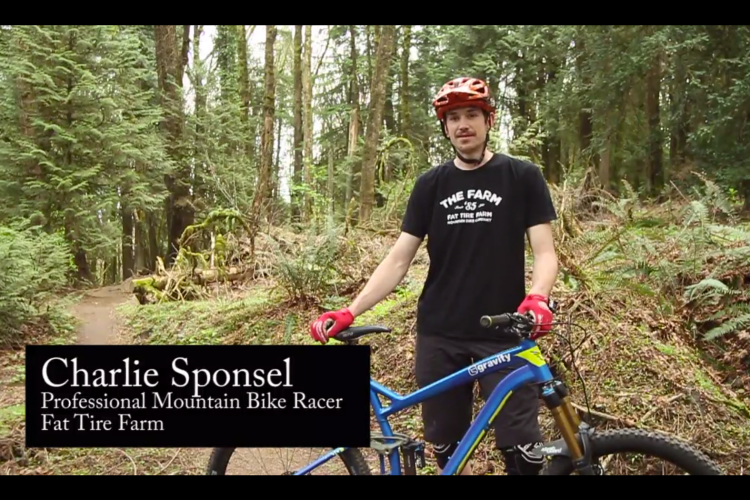
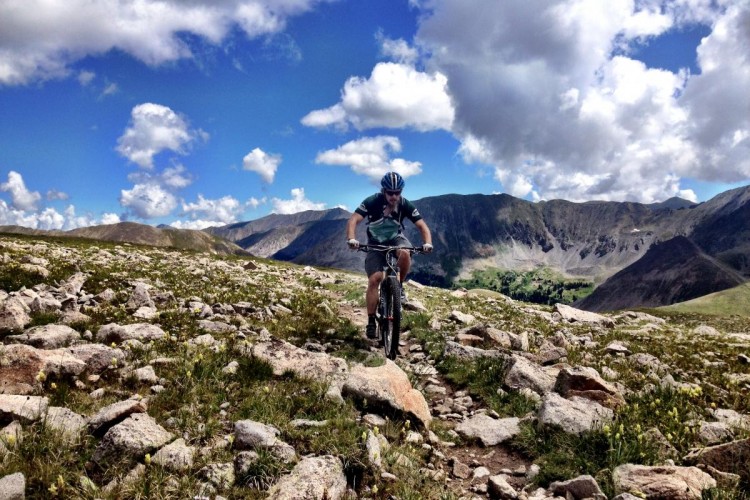
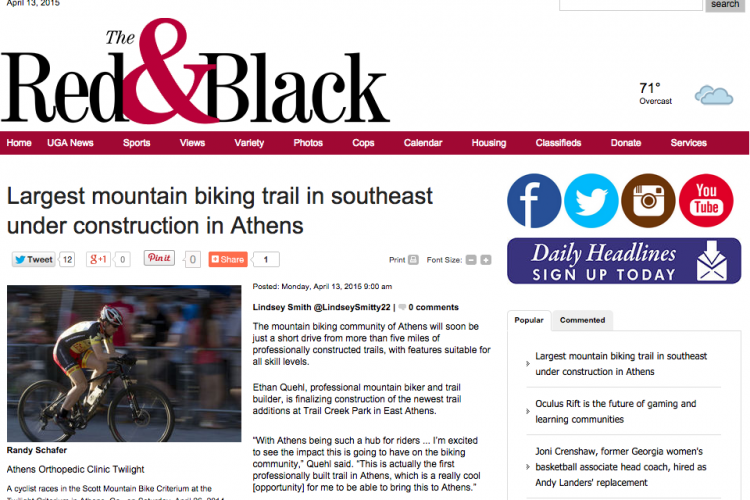
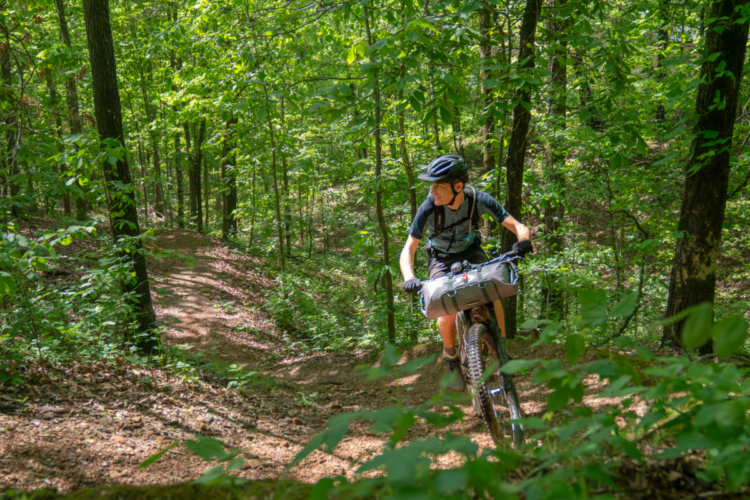
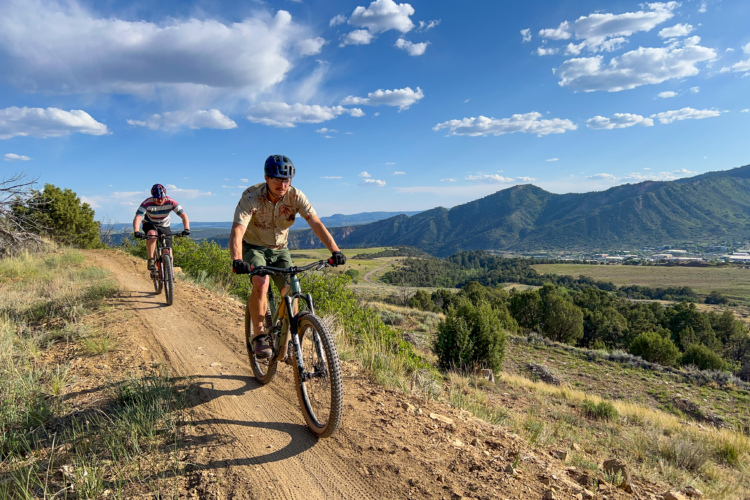



4 Comments
Aug 1, 2017
However, state forests are the name of the game closer to Milwaukee. The Northern and Southern Units of Kettle Moraine State Forest are the go-to weekend riding spots for many Milwaukee riders. I personally prefer the Northern Unit because of its isolation. Although the Southern Unit's riding is probably better, the trails are often overcrowded due to the forest's close proximity to Chicago, Milwaukee, and Madison.
Aug 1, 2017
Aug 1, 2017
Aug 1, 2017
http://gastateparks.org/muddyspokes